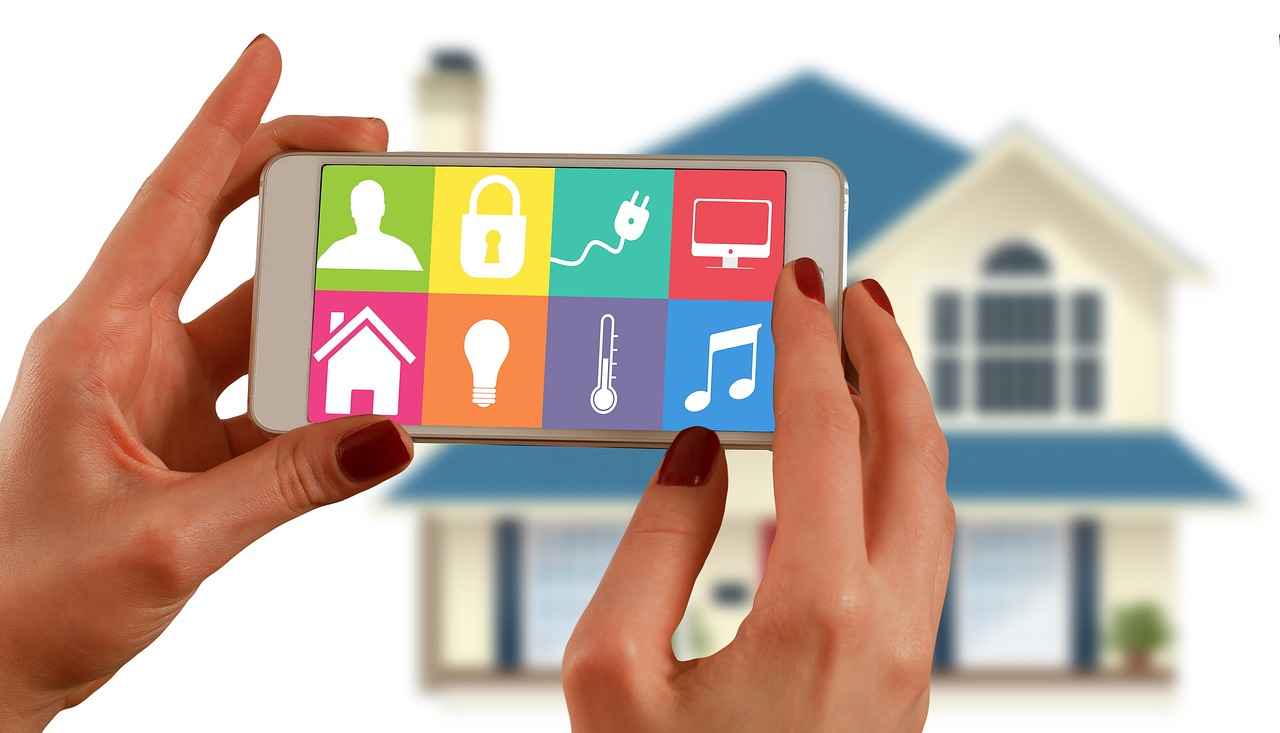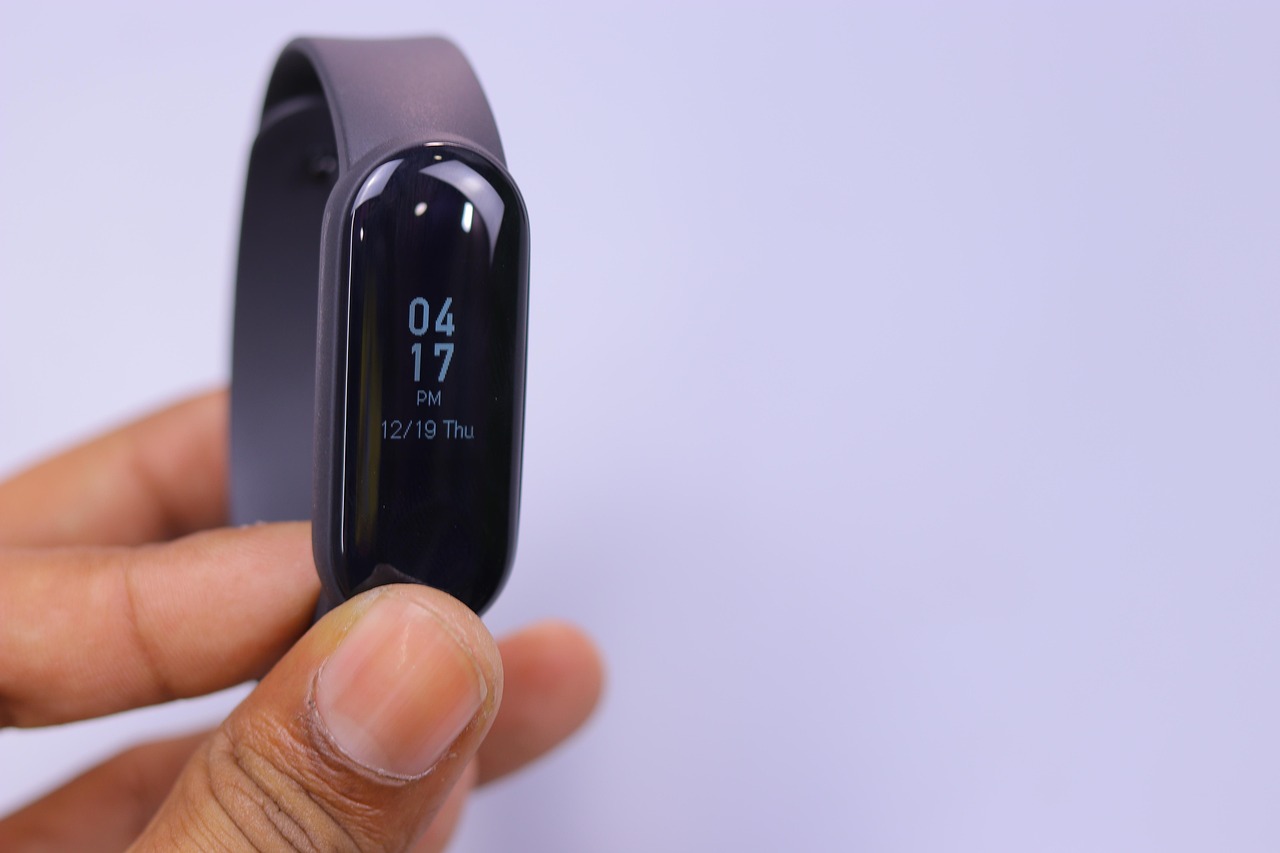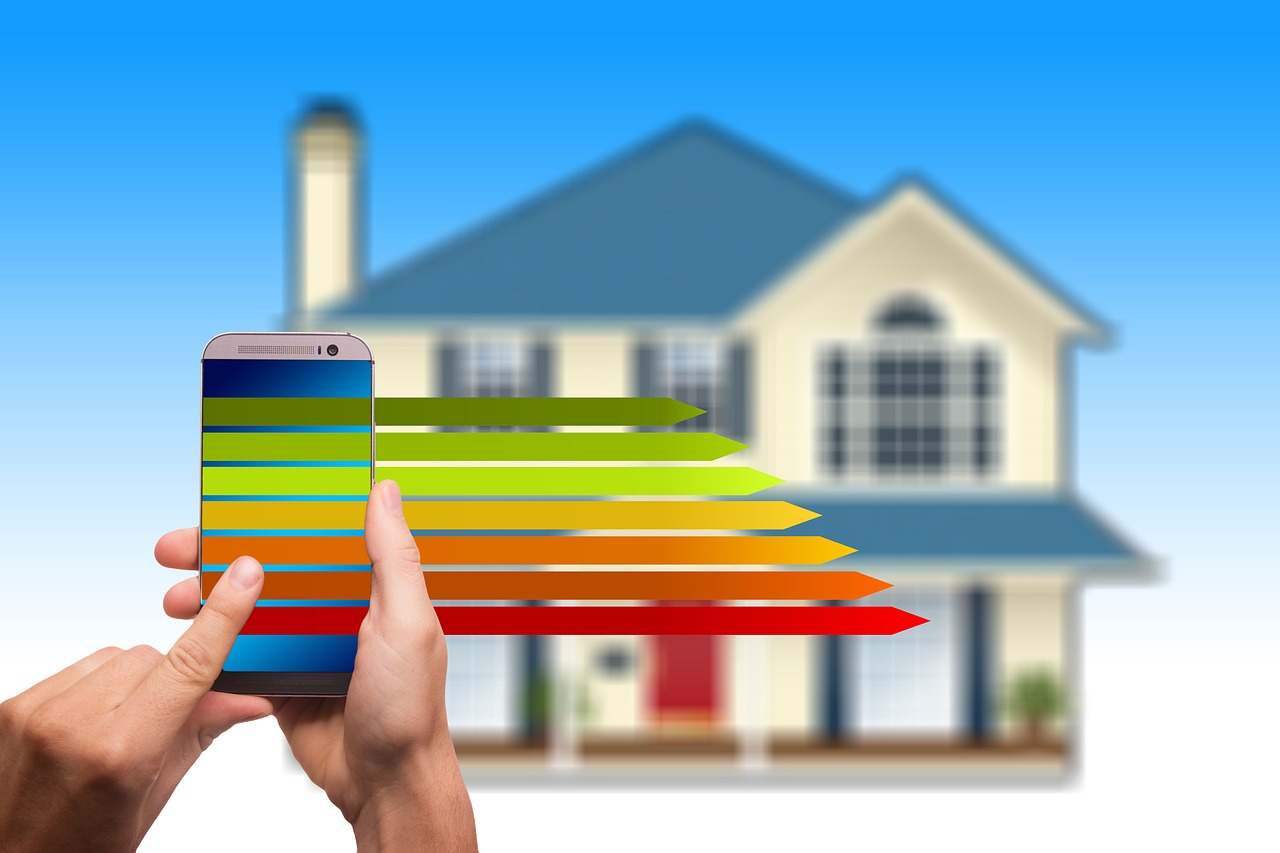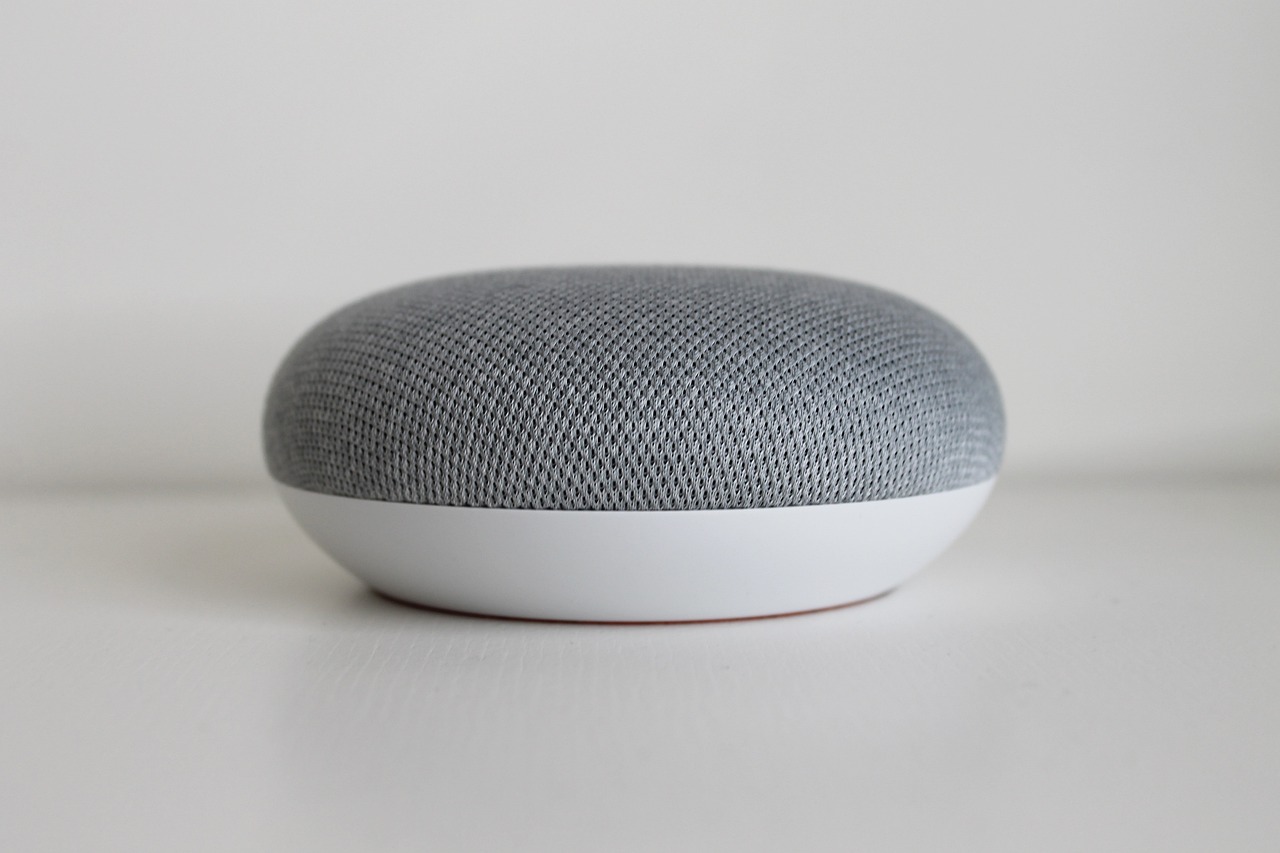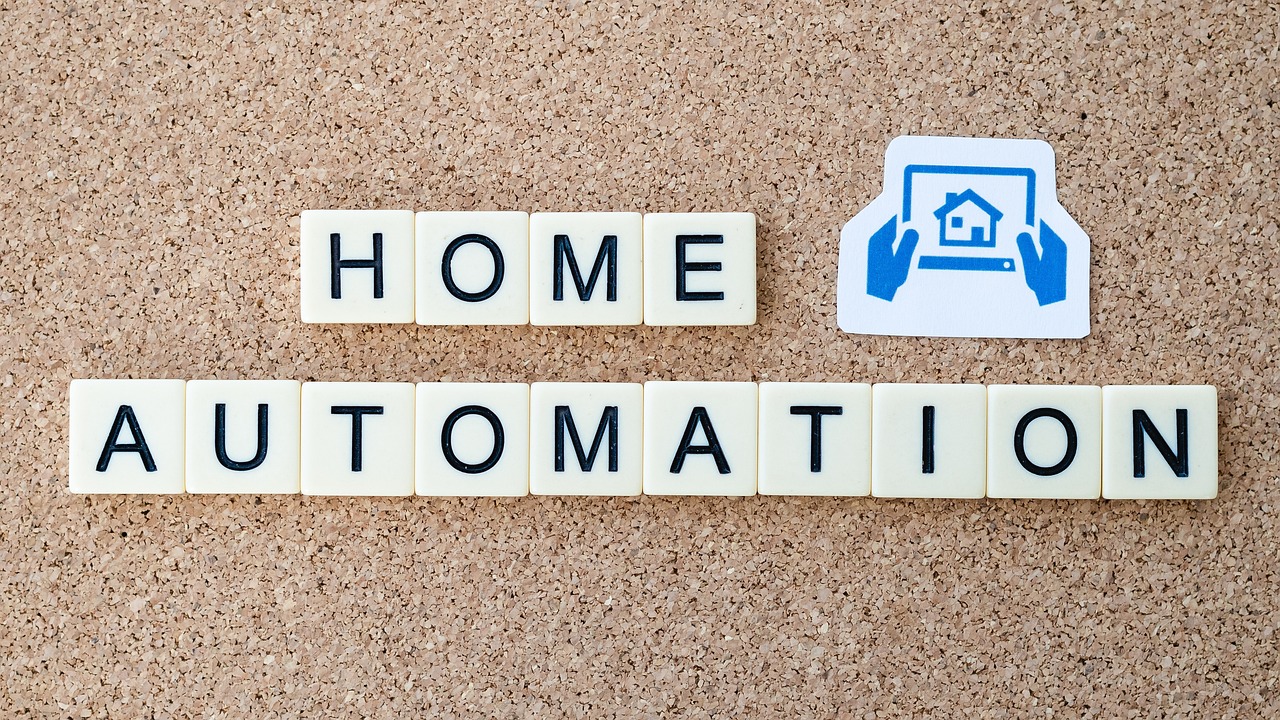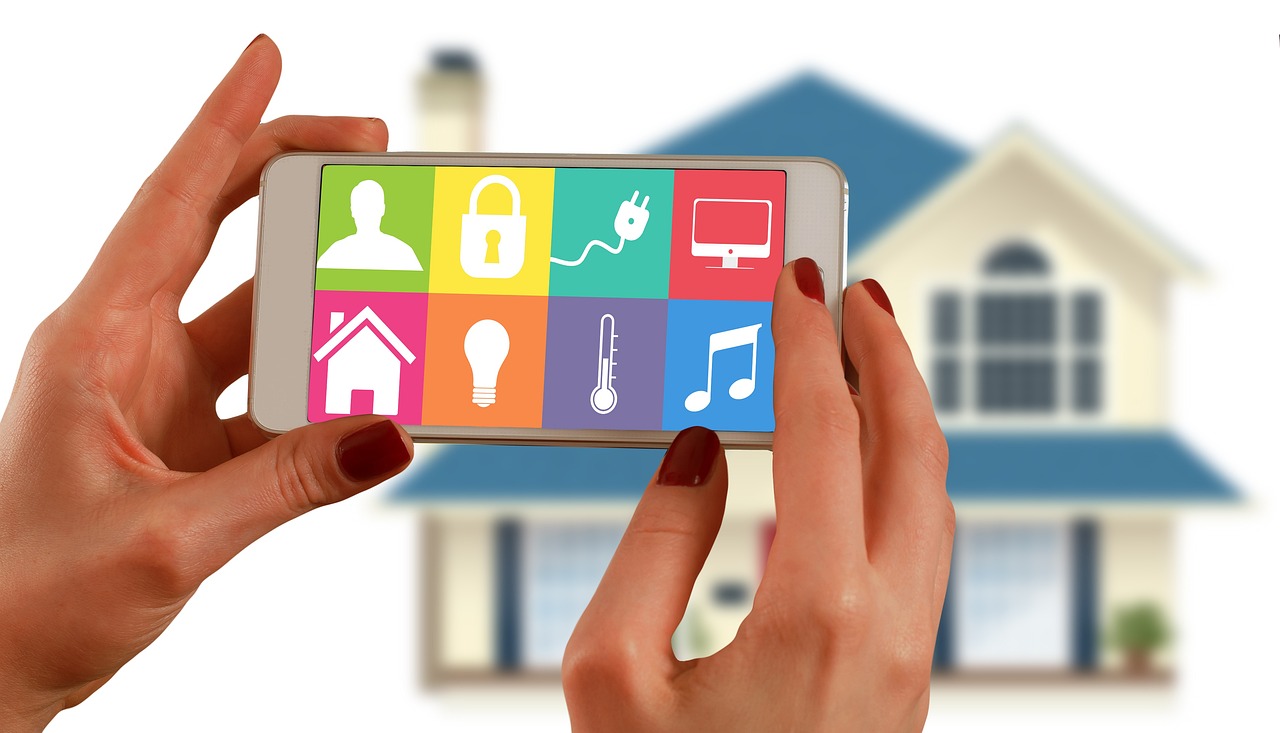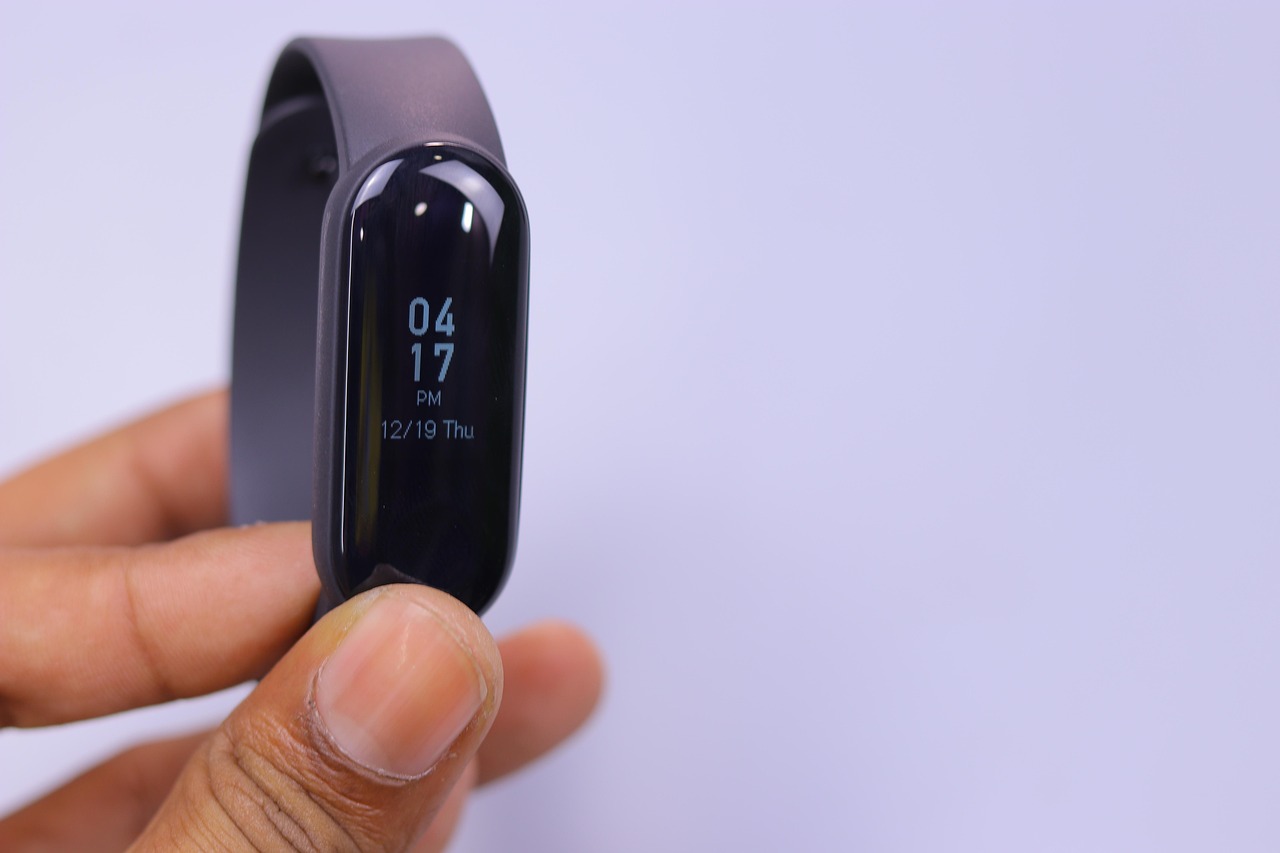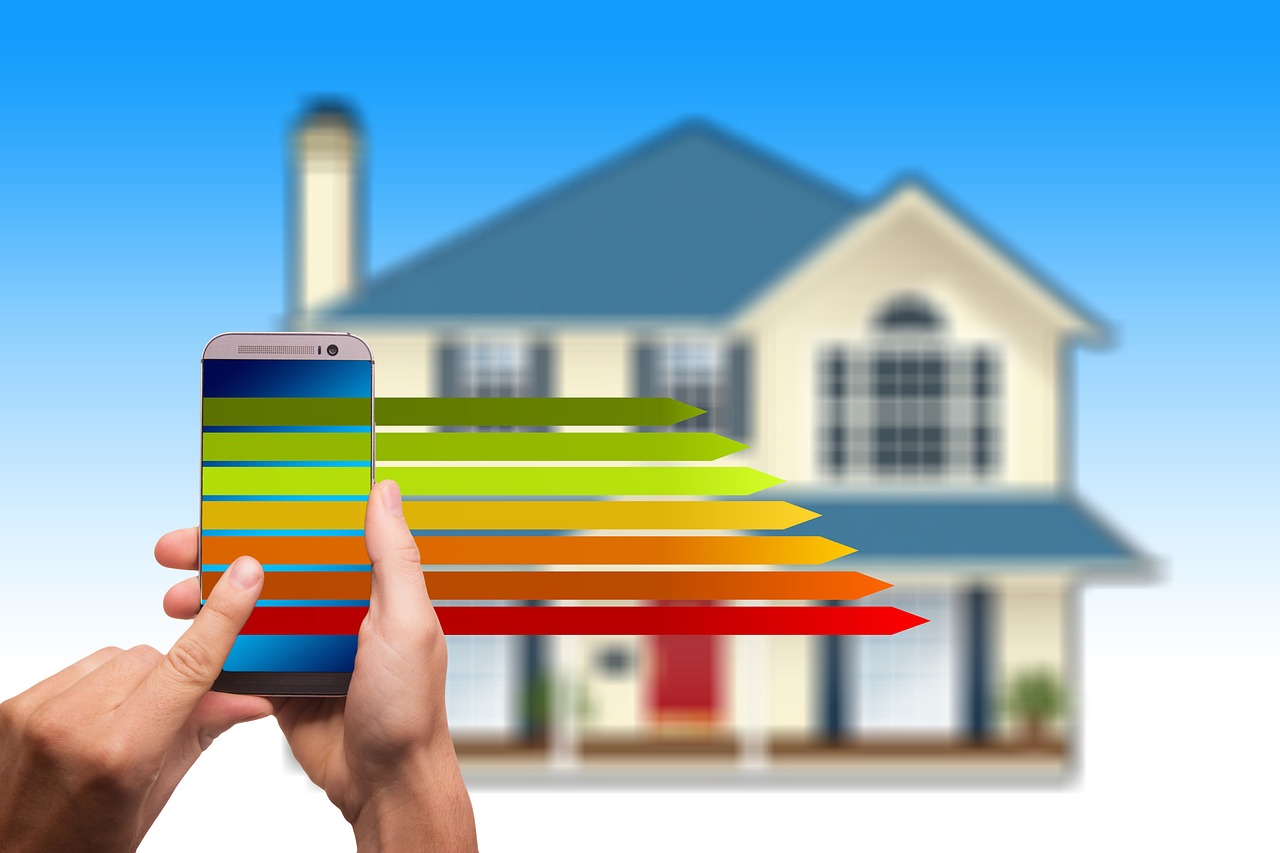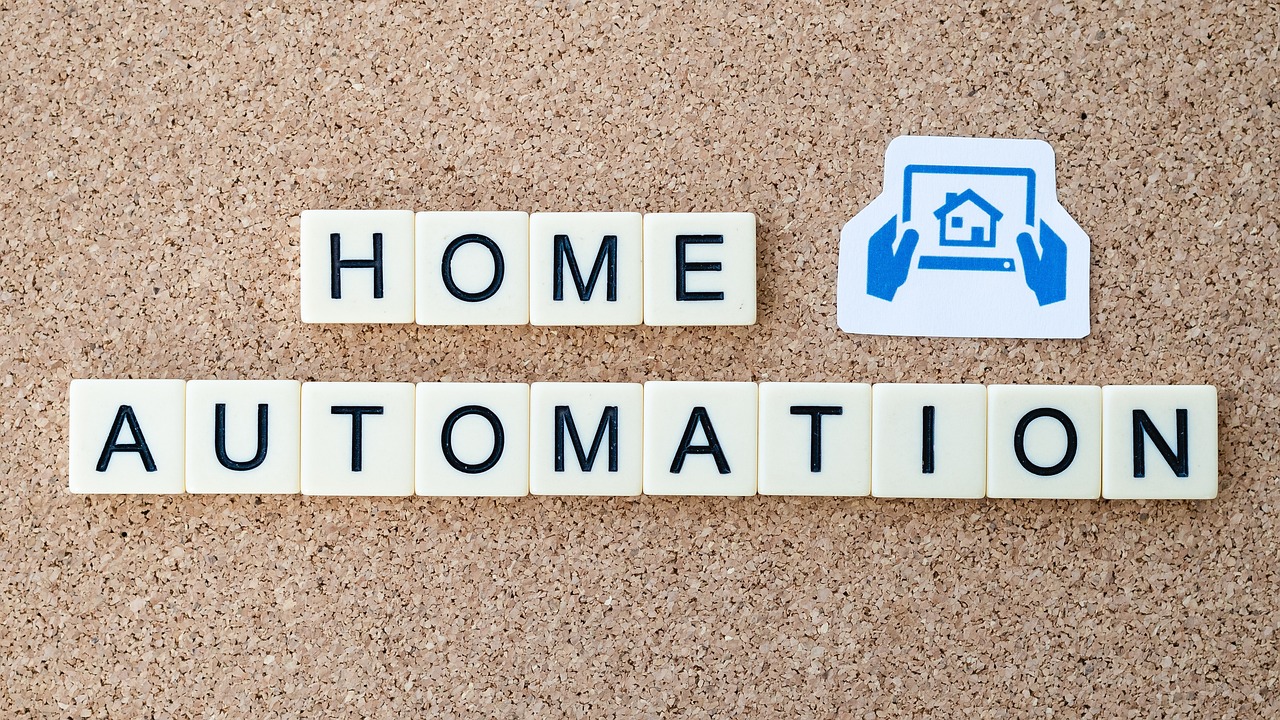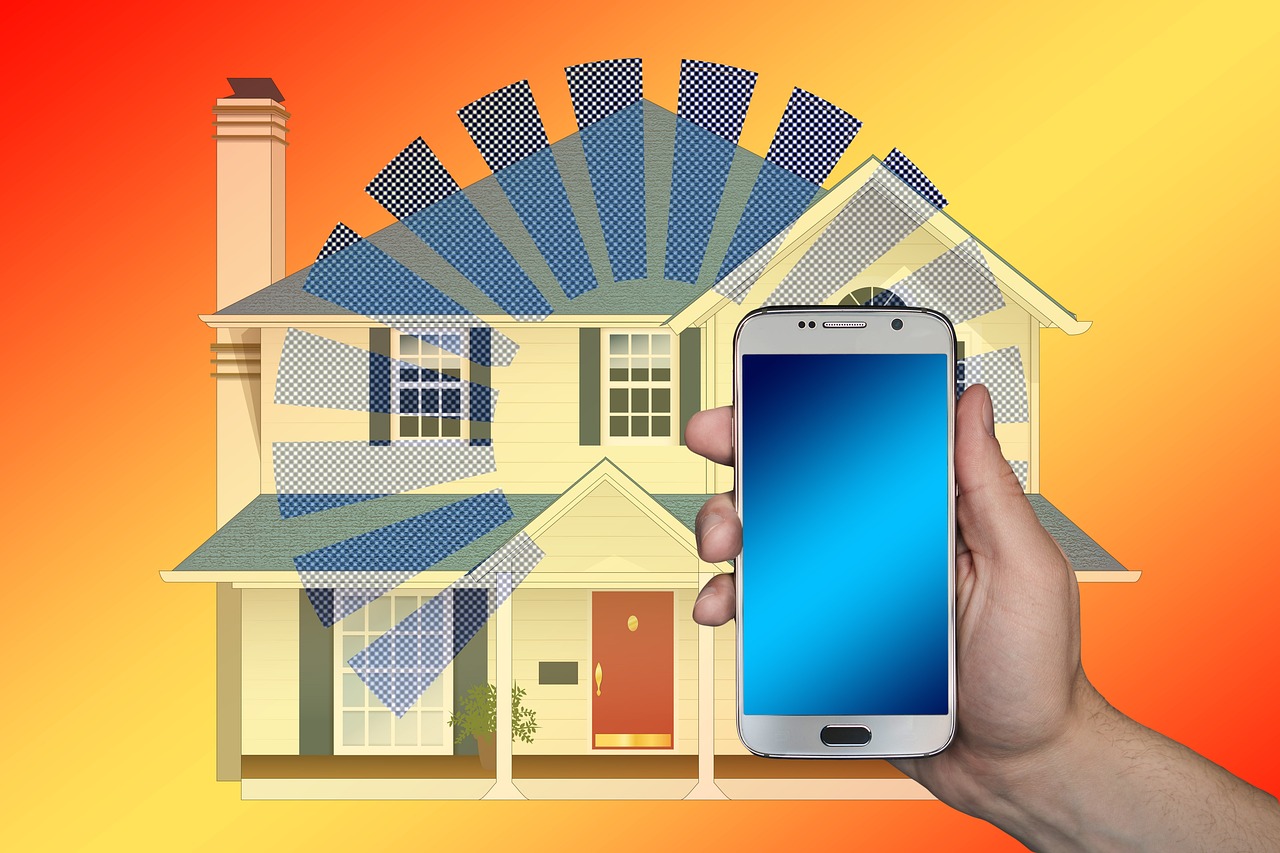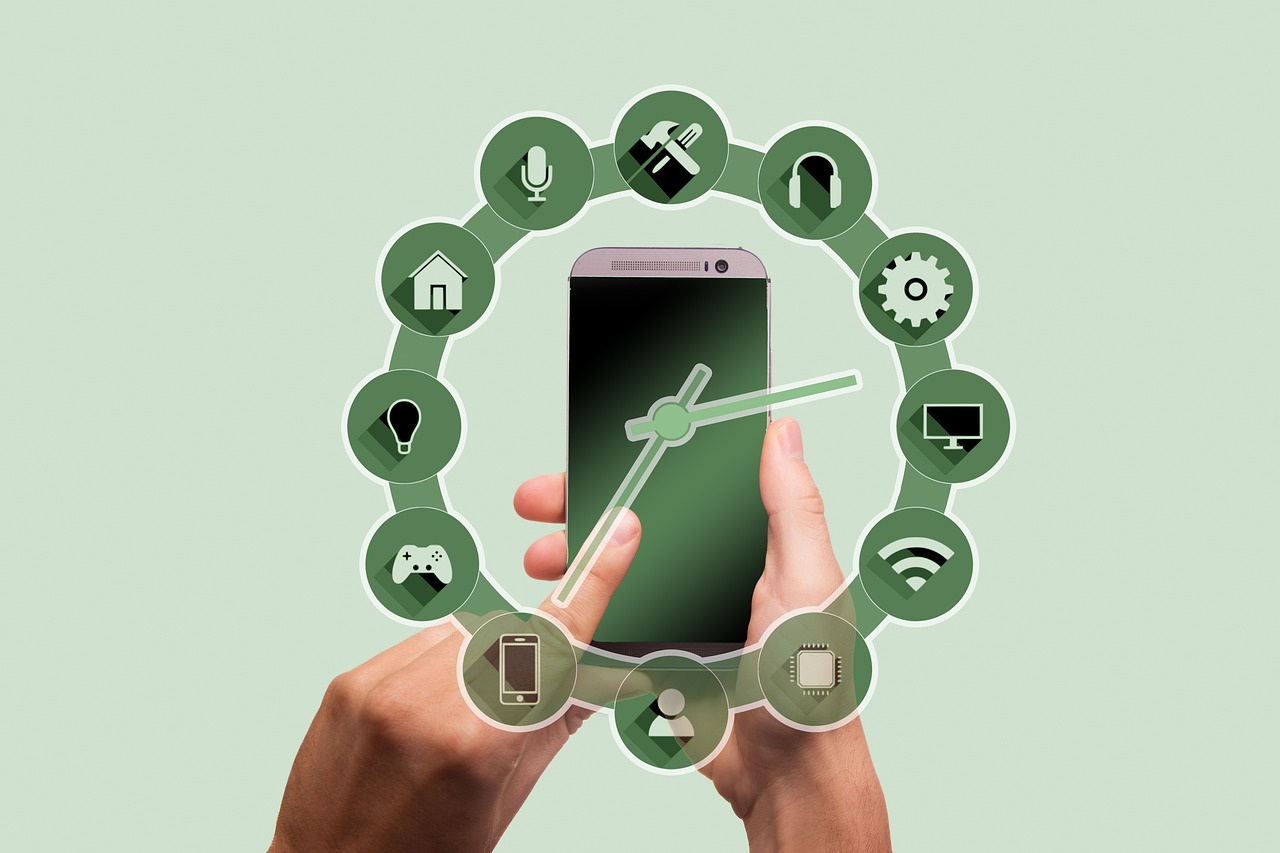This article provides an in-depth review of the best smart home devices available in 2025, detailing features, benefits, and comparisons to help you make informed decisions. In recent years, smart home technology has transformed how we interact with our living environments, enhancing convenience, efficiency, and security for users across the globe.
1. Introduction to Smart Home Technology
Smart home technology has become an integral part of modern living. With the ability to control appliances, lighting, and security systems remotely, homeowners can enjoy a level of comfort and control that was previously unimaginable. This article explores the top devices that are leading this technological revolution.
2. Benefits of Smart Home Devices
- Energy Efficiency: Smart devices can significantly reduce energy consumption, leading to lower utility bills.
- Remote Monitoring: Users can monitor their homes in real-time, enhancing security and peace of mind.
- Convenience: Automation allows for streamlined daily routines, making life easier for busy individuals.
3. Top Smart Speakers of 2025
Smart speakers have become the central hub for many smart home ecosystems. They offer voice control and integration with various devices, making them essential for any smart home.
3.1. Amazon Echo 5th Generation
The Amazon Echo 5th Generation features improved sound quality and the latest Alexa capabilities, making it a top choice for smart home enthusiasts.
3.2. Google Nest Audio
With impressive audio performance and seamless integration with Google Assistant, the Google Nest Audio is perfect for users already within the Google ecosystem.
4. Best Smart Lighting Solutions
Smart lighting options provide customizable illumination and energy efficiency, allowing users to create the perfect ambiance.
4.1. Philips Hue Smart Bulbs
Philips Hue Smart Bulbs offer a vast array of colors and compatibility with various systems, making them a versatile choice.
4.2. LIFX Color A19
These bulbs do not require a hub and deliver vibrant colors, providing flexibility in smart home lighting.
5. Smart Thermostats for Energy Efficiency
Smart thermostats optimize heating and cooling, providing significant energy savings and customizable comfort settings.
5.1. Nest Learning Thermostat
This thermostat adapts to your schedule and preferences, ensuring energy savings while maintaining comfort.
5.2. Ecobee SmartThermostat
Including room sensors for precise temperature control, the Ecobee integrates seamlessly with other devices.
6. Security Cameras for Home Monitoring
Smart security cameras enhance safety by providing real-time monitoring and alerts.
6.1. Arlo Pro 4
With high-resolution video and color night vision, the Arlo Pro 4 is ideal for outdoor security.
6.2. Ring Stick Up Cam
This camera offers flexible installation and integrates with the Ring ecosystem.
7. Smart Plugs for Home Automation
Smart plugs allow for remote control of appliances, enhancing convenience.
7.1. TP-Link Kasa Smart Plug
Easy to set up and compatible with Alexa and Google Assistant, this plug is popular for automation.
7.2. Wemo Mini Smart Plug
Offering a compact design, it allows users to schedule and control devices remotely.
8. Smart Appliances: The Future of Cooking
Smart appliances simplify cooking and meal preparation, enhancing kitchen efficiency.
8.1. Samsung Smart Fridge
This fridge features a touchscreen interface and smart features like food management.
8.2. LG Smart Oven
With remote control and smart cooking options, it ensures perfectly cooked meals.
9. Smart Home Hubs: The Central Command
Smart home hubs serve as the central control point for various devices.
9.1. Samsung SmartThings Hub
Compatible with a wide range of devices, it provides robust automation capabilities.
9.2. Amazon Echo Plus
This device doubles as a smart hub, allowing users to control devices using voice commands.
10. Future Trends in Smart Home Technology
As technology advances, smart home devices will evolve, offering more features and integrations.
11. Conclusion: Choosing the Right Smart Home Devices
Selecting the right devices depends on individual needs and preferences, making careful evaluation essential for an optimal experience.
12. FAQs About Smart Home Devices
Addressing common questions helps users understand benefits, setup processes, and compatibility for informed decision-making.

1. Introduction to Smart Home Technology
Smart home technology has fundamentally changed the way we experience our living environments. This innovative technology integrates various devices and systems, making our homes more convenient, efficient, and secure. Whether you are a homeowner or a renter, the benefits of smart home devices can significantly enhance your daily life.
In recent years, the rise of smart home technology has been remarkable. It allows users to control everything from lighting and heating to security systems and appliances through their smartphones or voice commands. This level of automation not only simplifies tasks but also contributes to energy savings and improved safety.
One of the most appealing aspects of smart home technology is its ability to offer remote monitoring. Homeowners can keep an eye on their properties from anywhere in the world, receiving real-time alerts and updates. This feature is particularly beneficial for those who travel frequently or have busy lifestyles.
Moreover, smart devices can work together to create an integrated home ecosystem. For instance, smart thermostats can adjust temperatures based on occupancy, while smart lights can be programmed to turn on or off at specific times. This level of interconnectivity not only enhances comfort but also promotes energy efficiency.
In addition to convenience and efficiency, security is another major advantage of smart home technology. Devices such as smart locks and security cameras provide peace of mind by allowing homeowners to monitor their properties and control access remotely. This can deter potential intruders and enhance overall safety.
As we move forward, the evolution of smart home technology promises even greater advancements, making our living spaces not just smarter but also more responsive to our needs. Embracing this technology can transform your home into a sanctuary of comfort, security, and efficiency.

2. Benefits of Smart Home Devices
Smart home devices have become increasingly popular in modern households, offering a range of benefits that enhance both convenience and efficiency. These innovative technologies are not just a trend; they represent a significant shift in how we manage our living environments. In this section, we will explore the key advantages of integrating smart home devices into your daily life.
- Energy Savings: One of the most compelling reasons to invest in smart home devices is the potential for energy savings. Smart thermostats, for instance, learn your habits and adjust heating and cooling accordingly, significantly reducing energy consumption.
- Remote Monitoring: With smart home technology, you can monitor your home from anywhere. Whether it’s checking security cameras or adjusting the thermostat, having the ability to control your home remotely provides peace of mind and convenience.
- Improved Safety: Smart devices enhance home security through features like real-time alerts and video surveillance. Homeowners can receive notifications on their smartphones if unusual activity is detected, allowing for quick responses to potential threats.
- Increased Comfort: Smart home devices can create a personalized living environment. From controlling lighting to adjusting temperatures, these devices help maintain a comfortable atmosphere tailored to your preferences.
- Automation: Automation is a game changer in home management. Smart devices can work together to automate daily tasks, such as turning off lights when you leave a room or adjusting the thermostat based on the time of day.
In conclusion, the integration of smart home devices into your household not only increases efficiency and security but also enhances your overall quality of life. With benefits ranging from energy savings to improved safety, investing in smart home technology is a wise choice for any modern household.
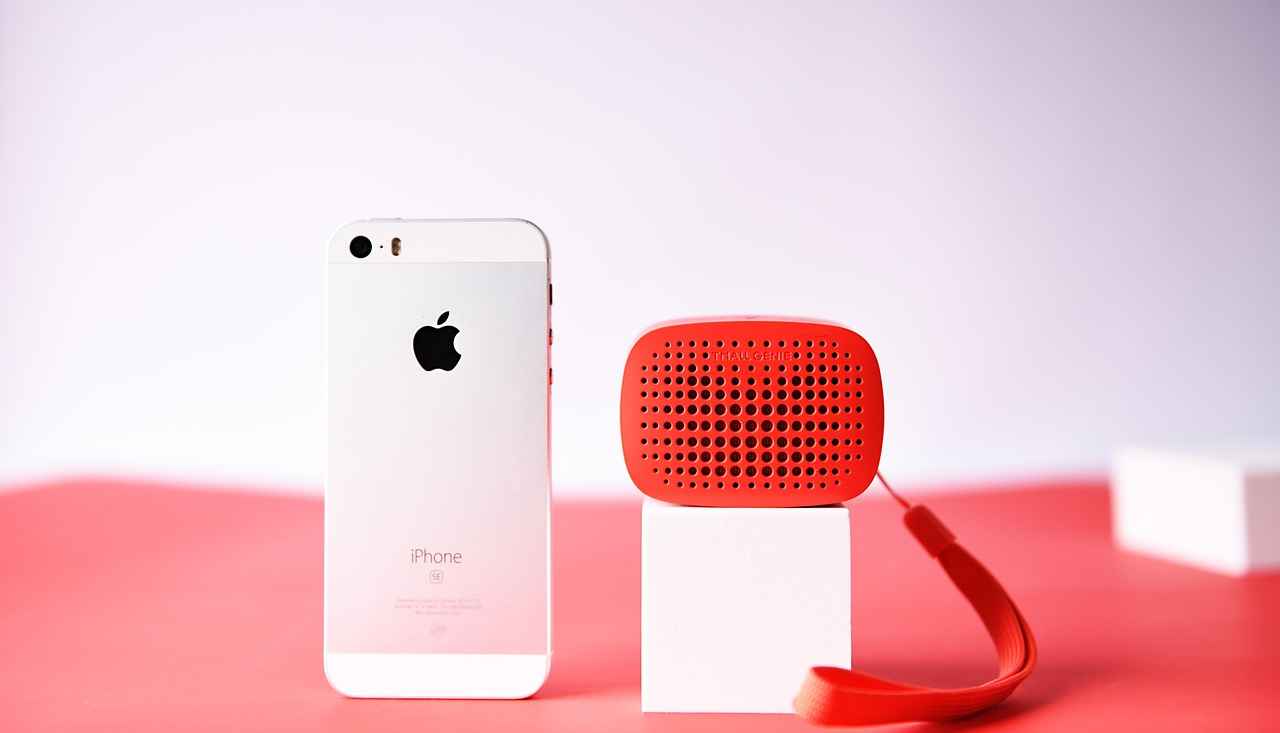
3. Top Smart Speakers of 2025
Smart speakers have become an integral part of modern smart home ecosystems. These devices not only provide voice control but also seamlessly integrate with a variety of smart home gadgets, making them the central hub for home automation. In 2025, the market offers several compelling options that cater to different user preferences and needs.
- Voice Control and Convenience: Smart speakers allow users to control their smart home devices effortlessly through voice commands. Whether it’s adjusting the thermostat, dimming the lights, or playing music, the convenience of voice control enhances the overall user experience.
- Integration with Multiple Devices: These speakers can connect with various smart home devices, including lights, cameras, and thermostats, creating a cohesive and automated environment. This integration promotes seamless operation, allowing users to manage their entire home with ease.
- Entertainment Hub: Beyond smart home control, smart speakers serve as entertainment centers. They can stream music, podcasts, and audiobooks, providing a rich audio experience that enhances daily life.
When considering a smart speaker for your home, it’s essential to evaluate the following:
- Compatibility: Ensure the speaker is compatible with your existing smart home devices. Popular ecosystems include Amazon Alexa, Google Assistant, and Apple HomeKit.
- Audio Quality: Look for speakers that offer superior sound quality, especially if you plan to use them for music playback.
- Additional Features: Some models come with built-in displays, allowing for video calls, recipe viewing, and more, adding to their versatility.
In summary, smart speakers are not just tools for voice commands; they are essential components of a modern smart home. With their ability to integrate with various devices and enhance entertainment options, they are a worthy investment for anyone looking to upgrade their living space.
3.1. Amazon Echo 5th Generation
Amazon Echo 5th Generation stands out as a premier choice for smart home enthusiasts in 2025, thanks to its enhanced sound quality and the latest advancements in Alexa’s capabilities. This smart speaker not only delivers crystal-clear audio but also offers a seamless integration with various smart home devices, making it an essential hub for any connected home.
One of the most significant upgrades in the 5th generation is its audio performance. The speaker is equipped with improved bass response and a wider soundstage, ensuring that whether you’re listening to music, podcasts, or audiobooks, the experience is immersive and enjoyable. With Alexa’s latest features, users can now control their smart home devices more intuitively than ever before.
- Voice Control: The Echo 5th Generation responds to voice commands with remarkable accuracy, allowing users to control lighting, thermostats, and even security systems hands-free.
- Smart Home Integration: It works seamlessly with a multitude of devices, including smart bulbs, plugs, and cameras, making it a versatile addition to any smart home setup.
- Multi-Room Audio: With the ability to connect with other Echo devices, you can enjoy synchronized music throughout your home.
Moreover, the Echo 5th Generation features a sleek design that fits well in any room, and its built-in privacy features, including a microphone off button, ensure that users can control their privacy settings easily.
In conclusion, the Amazon Echo 5th Generation is not just a speaker; it is a powerful smart home assistant that enhances your living experience through its advanced technology and user-friendly features. For anyone looking to upgrade their smart home ecosystem, this device is undoubtedly a top contender.
3.2. Google Nest Audio
The Google Nest Audio is a remarkable smart speaker that has gained significant attention for its superior audio quality and seamless integration with Google Assistant. This device is designed to enhance the listening experience while providing a multitude of functionalities that cater to users within the Google ecosystem.
One of the standout features of the Google Nest Audio is its impressive sound performance. Equipped with a custom speaker and a bass driver, it delivers rich, full-bodied sound that is perfect for music lovers. Whether you’re enjoying your favorite playlist or listening to a podcast, the audio clarity is exceptional, making it a top choice for home entertainment.
Furthermore, the Google Nest Audio serves as an intelligent hub for controlling various smart home devices. With Google Assistant built-in, users can easily manage their connected devices, set reminders, check the weather, and even ask for the latest news updates—all through simple voice commands. This level of integration makes it particularly appealing for those already using other Google products.
Another advantage of the Google Nest Audio is its sleek design. Available in several colors, it can blend seamlessly into any room decor. Its compact size allows for versatile placement, whether on a shelf, countertop, or bedside table.
In conclusion, the Google Nest Audio stands out in the crowded market of smart speakers due to its exceptional audio performance and comprehensive integration with Google Assistant. For users who are already invested in the Google ecosystem, this speaker is not just a sound device but a central hub for managing their smart home experience.

4. Best Smart Lighting Solutions
In today’s modern world, smart lighting solutions have emerged as a key component of home automation, offering users the ability to control their lighting in innovative ways. These solutions not only enhance the aesthetic appeal of a home but also contribute to energy efficiency and convenience. Below, we explore the top smart lighting options available, highlighting their features and benefits.
- Customizable Illumination: Smart lighting allows users to adjust brightness and color temperature based on their preferences. Whether it’s a cozy evening or a lively gathering, you can set the mood with just a few taps on your smartphone.
- Energy Efficiency: Many smart bulbs are designed to consume less energy than traditional incandescent bulbs, helping you save on electricity bills. For instance, LED smart bulbs can last up to 25,000 hours, reducing the need for frequent replacements.
- Remote Access: With smart lighting, users can control their lights from anywhere using a mobile app. This feature is particularly useful for managing home security, as you can turn lights on and off while away, simulating occupancy.
- Integration with Other Smart Devices: Smart lighting systems can seamlessly integrate with other smart home devices, such as smart speakers and security systems, providing a cohesive home automation experience. For example, you can set your lights to turn on automatically when your security system detects motion.
Among the leading products in this category are:
| Product | Key Features | Price Range |
|---|---|---|
| Philips Hue Smart Bulbs | Wide color range, compatibility with various systems | $15 – $50 |
| LIFX Color A19 | No hub required, vibrant colors, high brightness | $20 – $60 |
In conclusion, investing in smart lighting solutions not only enhances the ambiance of your home but also promotes energy savings and convenience. As technology continues to evolve, these options will become even more sophisticated, making it easier for users to create their ideal living environments.
4.1. Philips Hue Smart Bulbs
Philips Hue Smart Bulbs have become a staple in modern smart home lighting solutions, providing users with an extensive array of features that enhance both functionality and aesthetic appeal. These bulbs are not just about illumination; they are designed to transform your living space into a vibrant environment tailored to your preferences.
One of the standout features of Philips Hue Smart Bulbs is their ability to offer a wide range of colors. Users can choose from millions of colors and various shades of white, allowing for personalized lighting that can set the mood for any occasion. Whether you want a calming blue for relaxation or a bright white for focus, these bulbs can accommodate your needs.
Moreover, Philips Hue bulbs are compatible with numerous smart home ecosystems, including Amazon Alexa, Google Assistant, and Apple HomeKit. This compatibility means that you can easily integrate them into your existing setup, enabling voice control and automation. For instance, you can set routines to have your lights turn on at sunset or dim as you prepare for bedtime.
Another advantage is the energy efficiency of Philips Hue Smart Bulbs. By using LED technology, these bulbs consume significantly less power compared to traditional incandescent bulbs. This not only reduces energy bills but also contributes to a more sustainable lifestyle.
In addition, Philips Hue offers a dedicated app that allows users to control their lighting from anywhere. With features like remote access, scheduling, and light grouping, you can manage your home’s lighting effortlessly, even when you’re away.
In conclusion, Philips Hue Smart Bulbs are an excellent choice for anyone looking to enhance their home lighting. With their versatility, energy efficiency, and integration capabilities, they provide a comprehensive solution for modern lighting needs.
4.2. LIFX Color A19
LIFX Color A19 bulbs are a remarkable addition to any smart home setup, offering a seamless blend of functionality and aesthetics. These bulbs operate without the need for a hub, which simplifies the installation process and makes them accessible to a wider range of users. With their ability to produce vibrant colors and impressive brightness levels, LIFX Color A19 bulbs stand out as a versatile option for enhancing your home’s lighting.
One of the most appealing features of the LIFX Color A19 bulbs is their Wi-Fi connectivity. This allows users to control the lighting directly from a smartphone, tablet, or voice-controlled smart assistant, eliminating the need for additional hardware. You can easily adjust the brightness and color temperature to suit your mood or activity, whether it’s a cozy evening with warm tones or a lively gathering with bright, colorful lighting.
In terms of energy efficiency, LIFX Color A19 bulbs are designed to consume less power while delivering high-quality illumination. This not only helps in reducing electricity bills but also contributes to a more sustainable lifestyle. The bulbs are rated for a long lifespan, making them a cost-effective choice in the long run.
Another significant advantage is the extensive range of colors available. With the ability to display up to 16 million colors, LIFX Color A19 bulbs can create the perfect ambiance for any occasion. Users can choose from preset scenes or customize their own lighting setups through the LIFX app, which is user-friendly and intuitive.
Furthermore, these bulbs can be integrated with other smart home devices, allowing for automation and synchronization. For instance, you can set the lights to turn on or change colors in response to specific triggers, such as the time of day or the presence of motion.
In conclusion, the LIFX Color A19 bulbs offer a flexible and vibrant solution for smart home lighting. Their hub-free design, combined with energy efficiency and extensive customization options, makes them a top choice for anyone looking to enhance their living space with smart lighting.

5. Smart Thermostats for Energy Efficiency
In the quest for energy efficiency and enhanced home comfort, smart thermostats have emerged as essential devices for modern households. These innovative gadgets not only optimize heating and cooling systems but also offer homeowners the ability to customize their comfort settings according to personal preferences and schedules.
One of the primary advantages of smart thermostats is their capacity to learn from user behavior. For instance, the Nest Learning Thermostat can adapt to your daily routine, automatically adjusting the temperature when you are home or away. This feature not only ensures maximum comfort but also leads to significant energy savings over time.
Another notable option is the Ecobee SmartThermostat, which includes additional room sensors to monitor temperature variations in different areas of your home. This capability allows for more precise climate control, ensuring that every room maintains the desired temperature, thereby reducing energy waste.
- Energy Savings: Smart thermostats can reduce heating and cooling costs by up to 23% annually, according to various studies.
- Remote Access: Users can control their thermostats from anywhere using a smartphone app, making it easy to adjust settings on-the-go.
- Integration: Many smart thermostats integrate seamlessly with other smart home devices, enhancing overall home automation.
Moreover, the data collected by these thermostats can provide insights into your energy usage patterns. This information can be invaluable for making informed decisions about energy consumption and identifying opportunities for further savings.
In conclusion, investing in a smart thermostat is a wise choice for homeowners looking to enhance their energy efficiency while maintaining a comfortable living environment. With options like the Nest Learning Thermostat and Ecobee SmartThermostat, users can enjoy the benefits of modern technology while contributing to a more sustainable future.
5.1. Nest Learning Thermostat
The Nest Learning Thermostat is a revolutionary device that not only adapts to your daily routine but also learns your preferences over time. This smart thermostat is designed to optimize energy efficiency while ensuring a comfortable home environment. By utilizing advanced algorithms and machine learning, it can automatically adjust the temperature based on your habits, significantly reducing energy consumption and costs.
One of the standout features of the Nest Learning Thermostat is its ability to create a personalized schedule. After just a week of use, it begins to understand your heating and cooling patterns, making adjustments accordingly. For instance, if you typically lower the temperature at night, the thermostat will automatically replicate this behavior, ensuring consistent comfort without manual input.
Moreover, the Nest Learning Thermostat offers remote access through a user-friendly app. This means you can control the temperature of your home from anywhere, whether you’re at work or on vacation. The app also provides insights into your energy usage, helping you make informed decisions to further enhance efficiency.
In addition to its energy-saving capabilities, the Nest Learning Thermostat is compatible with various smart home systems, allowing for seamless integration with other devices. This connectivity enhances its functionality, enabling users to create a fully automated home environment.
Furthermore, the sleek design of the Nest Learning Thermostat makes it an attractive addition to any home decor. Available in multiple colors, it can blend seamlessly with your interior while providing essential functionalities.
In conclusion, the Nest Learning Thermostat is more than just a temperature control device; it is a smart investment that offers substantial energy savings, enhanced comfort, and convenience. For anyone looking to upgrade their home with smart technology, this thermostat is a top contender.
5.2. Ecobee SmartThermostat
The Ecobee SmartThermostat is a leading choice for those looking to enhance their home heating and cooling systems. This innovative device is designed to provide optimal comfort while maximizing energy efficiency. One of its standout features is the inclusion of room sensors, which allow for precise temperature control throughout your home. These sensors can detect occupancy and adjust the temperature accordingly, ensuring that you are comfortable in every room.
In addition to its advanced temperature management, the Ecobee SmartThermostat integrates seamlessly with a variety of smart home devices. This compatibility makes it an excellent hub for your smart home ecosystem, allowing you to control everything from lighting to security systems through a single interface. The thermostat works effortlessly with popular platforms such as Amazon Alexa, Google Assistant, and Apple HomeKit, giving you the flexibility to use voice commands or mobile apps for management.
Another significant advantage of the Ecobee SmartThermostat is its user-friendly interface. The touchscreen display is intuitive, making it easy to adjust settings and monitor energy usage. Furthermore, the device provides detailed reports on your energy consumption, helping you to identify ways to save on your utility bills.
In conclusion, the Ecobee SmartThermostat stands out in the smart thermostat market due to its room sensor technology, seamless integration with other smart devices, and user-friendly design. By investing in this smart thermostat, homeowners can enjoy enhanced comfort and significant energy savings.

6. Security Cameras for Home Monitoring
In today’s world, enhancing home security has become a priority for many homeowners. Smart security cameras play a crucial role in this endeavor by providing comprehensive monitoring solutions. These devices not only offer real-time surveillance but also send instant alerts, ensuring that you are always informed about what is happening around your property.
The integration of smart security cameras into home systems has transformed the way we approach safety. Here are some key benefits:
- Real-Time Monitoring: Access live feeds from your camera through your smartphone or tablet, allowing you to keep an eye on your home from anywhere.
- Instant Alerts: Receive notifications about unusual movements or activities, enabling quick responses to potential threats.
- High-Quality Video: Many smart cameras offer high-definition video quality, ensuring clear images for identification.
- Night Vision: Advanced models include infrared capabilities, allowing for monitoring in low-light conditions.
- Two-Way Audio: Communicate with visitors or deter intruders through built-in speakers and microphones.
When selecting a smart security camera, consider features such as cloud storage options, field of view, and weather resistance for outdoor models. Popular options include:
| Camera Model | Key Features | Price Range |
|---|---|---|
| Arlo Pro 4 | High-resolution video, color night vision | $199 – $249 |
| Ring Stick Up Cam | Flexible installation, integration with Ring ecosystem | $99 – $179 |
In conclusion, investing in smart security cameras not only enhances your home’s safety but also provides peace of mind. With the ability to monitor your property in real-time and receive alerts, homeowners can feel more secure in their living environments.
6.1. Arlo Pro 4
The Arlo Pro 4 is a cutting-edge security camera designed to enhance your home surveillance system. With its high-resolution video capabilities, it delivers crystal-clear images, ensuring that every detail is captured, whether it’s day or night. This camera stands out for its color night vision, which uses advanced technology to provide vibrant color footage even in low-light conditions, offering a significant advantage over traditional black-and-white night vision cameras.
One of the most appealing features of the Arlo Pro 4 is its robust design. Built to withstand various weather conditions, it is ideal for outdoor use, ensuring reliable performance regardless of rain, snow, or extreme temperatures. The camera is also equipped with a wireless setup, allowing for flexible installation options, meaning you can place it wherever you need the most coverage without being restricted by power outlets.
In addition to its hardware features, the Arlo Pro 4 integrates seamlessly with various smart home systems, including Amazon Alexa and Google Assistant. This compatibility allows users to control the camera through voice commands, making it a convenient option for tech-savvy homeowners. Furthermore, the camera offers features like two-way audio, allowing users to communicate with visitors or deter intruders effectively.
For those concerned about privacy, the Arlo Pro 4 includes customizable privacy zones and the option to turn off the camera when you’re at home. With its cloud storage options, users can easily access recorded footage from anywhere, providing peace of mind and security.
Overall, the Arlo Pro 4 is a top-tier choice for anyone looking to enhance their home security system. Its combination of high-resolution video, color night vision, and durable design makes it a standout option in the market.
6.2. Ring Stick Up Cam
The Ring Stick Up Cam is a versatile security camera designed to enhance your home safety while offering flexibility in installation. This camera stands out due to its ability to be placed both indoors and outdoors, allowing homeowners to monitor various areas of their property effectively.
One of the key features of the Ring Stick Up Cam is its integrated video monitoring. With high-definition video quality, users can enjoy clear visuals of their surroundings. The camera also supports two-way audio, enabling homeowners to communicate with visitors or deter potential intruders directly through the device.
Installation is a breeze with the Ring Stick Up Cam. It can be mounted on walls, placed on flat surfaces, or even used with its rechargeable battery, providing the flexibility to position it wherever you need it most. This adaptability makes it an excellent choice for renters and homeowners alike.
Furthermore, the Ring Stick Up Cam seamlessly integrates with the Ring ecosystem. This means that it can be connected to other Ring devices, such as doorbells and floodlight cameras, allowing for a comprehensive security system that can be monitored from a single app. The Ring app provides real-time notifications, ensuring that you are always aware of what’s happening around your home.
In addition to its impressive features, the Ring Stick Up Cam is designed with user privacy in mind. Users can customize their privacy settings, ensuring that they only receive alerts and notifications that matter to them.
In conclusion, the Ring Stick Up Cam is an exceptional choice for anyone looking to enhance their home security. With its flexible installation options, high-quality video monitoring, and seamless integration with the Ring ecosystem, it provides peace of mind and convenience for modern homeowners.

7. Smart Plugs for Home Automation
Smart plugs are an essential component of modern home automation, providing users with the ability to control their appliances remotely. By integrating smart plugs into your home, you can enhance convenience and achieve significant energy savings through effective power management.
These innovative devices allow you to turn on or off any plugged-in appliance using a smartphone app, voice commands, or even through automated schedules. Whether you want to switch on your coffee maker from bed or ensure that your lights turn off automatically when you leave home, smart plugs make it possible.
Benefits of Using Smart Plugs:
- Convenience: Control devices from anywhere, eliminating the need to physically reach for switches.
- Energy Efficiency: Monitor and manage power consumption, which can lead to lower electricity bills.
- Automation: Set schedules for devices, ensuring they operate only when needed, further reducing energy waste.
- Remote Access: Turn appliances on or off while away from home, providing peace of mind and enhancing security.
Moreover, many smart plugs are compatible with popular voice assistants like Amazon Alexa and Google Assistant, allowing for seamless integration into your existing smart home ecosystem. This voice control feature adds an extra layer of convenience, making it easy to manage your devices without lifting a finger.
In addition to these practical benefits, smart plugs can also serve as a gateway to more advanced home automation setups. By connecting multiple smart plugs, users can create complex routines that automate various aspects of their home life, from lighting to heating.
In conclusion, investing in smart plugs is a smart choice for anyone looking to enhance their home automation experience. With their ability to provide convenience, energy savings, and integration with other smart home devices, they represent a significant step toward a more efficient and connected living environment.
7.1. TP-Link Kasa Smart Plug
TP-Link Kasa Smart Plug is a versatile and user-friendly device that has gained immense popularity among smart home enthusiasts. This smart plug allows users to control their appliances remotely, providing a seamless integration into any smart home setup.
One of the standout features of the TP-Link Kasa Smart Plug is its easy setup. Users can quickly connect the plug to their home Wi-Fi network using the Kasa app, which is available on both iOS and Android devices. The app guides you through the installation process step-by-step, ensuring that even those who are not tech-savvy can set it up without any hassle.
Moreover, the smart plug is compatible with both Amazon Alexa and Google Assistant, allowing for voice control of connected devices. This means you can simply tell your virtual assistant to turn on or off any appliance plugged into the Kasa Smart Plug, enhancing convenience and accessibility.
Another benefit of the TP-Link Kasa Smart Plug is its ability to schedule and automate appliance usage. Users can create customized schedules through the app, ensuring that devices operate only when needed, thus saving energy and reducing electricity bills. For instance, you can set your coffee maker to start brewing at a specific time each morning, ensuring you wake up to the aroma of fresh coffee.
In addition to scheduling, the Kasa Smart Plug also features energy monitoring, allowing users to track the energy consumption of connected devices directly through the app. This feature is particularly useful for identifying energy hogs in your home and making informed decisions about usage.
With its compact design, the TP-Link Kasa Smart Plug does not obstruct other outlets, making it a practical addition to any room. Its reliability and performance have made it a top choice for those looking to enhance their smart home experience.
In conclusion, the TP-Link Kasa Smart Plug is an excellent investment for anyone looking to dive into smart home automation. With its easy setup, compatibility with voice assistants, scheduling capabilities, and energy monitoring features, it offers both convenience and efficiency.
7.2. Wemo Mini Smart Plug
The Wemo Mini Smart Plug stands out in the realm of smart home devices due to its compact design and user-friendly functionality. This device allows users to easily schedule and control their appliances remotely through a highly intuitive mobile application.
With the Wemo Mini, you can turn any ordinary device into a smart device. Whether it’s a lamp, coffee maker, or fan, simply plug it into the Wemo Mini Smart Plug and connect it to your home Wi-Fi network. This enables you to control your devices from anywhere, ensuring that your home is always just how you like it.
One of the standout features of the Wemo Mini Smart Plug is its ability to create custom schedules. Users can set timers for their devices, allowing for automated control. For instance, you can program your coffee maker to start brewing at 7 AM, so it’s ready when you wake up. This not only enhances convenience but also helps in energy management by allowing you to turn off devices that are not in use.
Moreover, the Wemo Mini is compatible with both Amazon Alexa and Google Assistant, enabling voice control functionality. This means you can simply ask your smart assistant to turn on or off any device connected to the plug, adding an extra layer of convenience to your smart home setup.
In terms of design, the Wemo Mini Smart Plug is sleek and unobtrusive, making it easy to fit into any outlet without blocking adjacent sockets. This thoughtful design choice ensures that it can be used in various locations throughout your home.
In conclusion, the Wemo Mini Smart Plug is an excellent choice for anyone looking to enhance their home automation experience. Its combination of compact size, scheduling capabilities, and compatibility with voice assistants makes it a must-have for modern households.

8. Smart Appliances: The Future of Cooking
Smart appliances are transforming the culinary landscape, making cooking and meal preparation more efficient and enjoyable. These innovative devices are equipped with advanced features and connectivity options that not only simplify cooking tasks but also elevate the overall culinary experience.
With the integration of smart technology, appliances such as refrigerators, ovens, and cooktops can now be controlled remotely via smartphone apps. This means that users can preheat their ovens or check the contents of their refrigerators from anywhere, ensuring that meal prep is seamless and hassle-free. The convenience of remote access allows for better planning and organization, reducing the stress often associated with cooking.
Moreover, smart appliances often come with built-in recipes and cooking guides, helping users to explore new cuisines and cooking techniques. For instance, smart ovens can adjust cooking times and temperatures automatically based on the dish being prepared, ensuring perfectly cooked meals every time. This feature is especially beneficial for novice cooks who may lack confidence in the kitchen.
Another significant advantage of smart appliances is their ability to connect with other smart home devices. For example, a smart refrigerator can communicate with a smart speaker to provide reminders about expiration dates or suggest recipes based on available ingredients. This level of integration fosters a cohesive cooking environment and encourages healthier eating habits.
In conclusion, the rise of smart appliances marks a new era in cooking, where technology meets culinary art. By simplifying meal preparation and enhancing cooking efficiency, these devices empower users to explore their culinary potential while saving time and effort. As we move forward, the future of cooking looks brighter with the continued evolution of smart home technology.
8.1. Samsung Smart Fridge
The Samsung Smart Fridge is more than just a refrigerator; it is a revolutionary kitchen appliance that integrates cutting-edge technology to enhance your cooking and food storage experience. With its touchscreen interface, users can easily navigate through various features designed to streamline daily tasks.
One of the most notable features of the Samsung Smart Fridge is its food management system. This innovative technology allows users to keep track of their groceries, monitor expiration dates, and even create shopping lists directly from the fridge’s screen. Imagine never having to question whether you have enough milk or when your vegetables will spoil!
Additionally, the fridge offers recipe suggestions based on the ingredients you have on hand. This feature not only saves time but also inspires creativity in the kitchen. By simply selecting the items available in your fridge, the Samsung Smart Fridge can recommend delicious meals, making cooking more enjoyable and less stressful.
Moreover, the Samsung Smart Fridge is equipped with smart home integration. It can connect to your home Wi-Fi network, allowing you to control it remotely via a smartphone app. This means you can adjust temperatures, receive alerts when the door is left open, or even check the contents of your fridge while grocery shopping.
In terms of energy efficiency, this smart appliance is designed to optimize power usage, helping you save on electricity bills while being eco-friendly. With its sleek design and advanced features, the Samsung Smart Fridge not only enhances kitchen efficiency but also adds a modern touch to your home.
In conclusion, the Samsung Smart Fridge stands out in the realm of smart appliances, combining functionality with advanced technology. It is a valuable addition for anyone looking to modernize their kitchen and improve their culinary skills.
8.2. LG Smart Oven
The LG Smart Oven is a remarkable innovation in the realm of kitchen appliances, designed to elevate your cooking experience with its advanced technology. This oven not only offers remote control capabilities but also features smart cooking options that cater to various culinary needs.
Equipped with Wi-Fi connectivity, the LG Smart Oven allows users to control the cooking process from anywhere using a smartphone app. Imagine being able to preheat your oven while still at the grocery store or adjusting cooking times without being in the kitchen. This level of convenience is a game-changer for busy individuals and families.
| Feature | Description |
|---|---|
| Smart Cooking Options | Utilizes AI to suggest cooking settings based on the recipe you choose. |
| Remote Control | Control your oven from anywhere via the LG ThinQ app. |
| Easy Clean Technology | Self-cleaning feature that reduces the need for harsh chemicals. |
With its smart cooking technology, the LG Smart Oven employs sensors to ensure that your meals are cooked to perfection. It can adjust cooking times and temperatures automatically, which means less guesswork and more delicious results. Whether you’re baking, roasting, or broiling, this oven has got you covered.
Moreover, the oven’s energy efficiency ensures that you save on electricity bills while enjoying perfectly cooked meals. Its sleek design complements modern kitchens, making it not just a functional appliance but also a stylish addition to your home.
In conclusion, the LG Smart Oven stands out as a top choice for anyone looking to enhance their cooking experience. With its combination of remote control, smart cooking options, and energy efficiency, it promises to deliver convenience and quality in every meal.

9. Smart Home Hubs: The Central Command
Smart Home Hubs play a crucial role in the modern smart home ecosystem, acting as the central command center for various connected devices. These hubs facilitate seamless communication between devices, allowing them to work together efficiently. By integrating multiple devices, a smart home hub enables users to automate tasks, control settings, and monitor their home environment from a single interface.
One of the primary advantages of using a smart home hub is the enhanced interoperability it provides. Different manufacturers often create devices that may not be directly compatible with each other. However, a smart hub can bridge these gaps, allowing devices from various brands to communicate and function as a cohesive unit. This means that users can control lights, thermostats, cameras, and other devices through a single application or voice command, significantly simplifying the user experience.
In addition to convenience, smart home hubs offer a range of automation features. For example, users can set schedules for their devices, such as turning on lights at sunset or adjusting the thermostat when they leave home. This not only enhances comfort but also contributes to energy efficiency and cost savings over time. Furthermore, many hubs support integration with voice assistants like Alexa or Google Assistant, enabling hands-free control and making it easier to manage smart home devices.
Security is another critical aspect where smart home hubs excel. By consolidating security cameras, alarms, and sensors, these hubs provide a comprehensive monitoring solution. Users can receive real-time alerts and access live feeds from their devices, ensuring peace of mind whether they are at home or away.
As we look ahead, the evolution of smart home hubs is expected to continue, with advancements in AI and machine learning enhancing their capabilities. This will lead to even smarter automation and improved user experiences, making smart home hubs an essential component of future smart homes.
In summary, smart home hubs serve as the central control point for various devices, enabling seamless communication and automation across the ecosystem. By enhancing interoperability, providing automation features, and improving security, these hubs are indispensable for anyone looking to create a fully integrated smart home.
9.1. Samsung SmartThings Hub
Samsung SmartThings Hub is at the forefront of smart home technology, serving as a pivotal component for those looking to create a fully integrated smart home. This innovative hub is designed to connect and manage a multitude of devices, ensuring that users can enjoy a seamless smart home experience.
One of the standout features of the Samsung SmartThings Hub is its extensive compatibility with a wide range of devices. This includes smart lights, thermostats, cameras, and even appliances from various manufacturers. This compatibility allows users to centralize control over their smart home devices, making it easier to manage and automate their home environment.
With its robust automation capabilities, the SmartThings Hub enables users to create customized routines and schedules. For instance, you can set your lights to turn on automatically at sunset or program your thermostat to adjust the temperature when you leave for work. This level of automation not only enhances convenience but also contributes to energy savings, as devices can be managed more efficiently.
Furthermore, the hub supports both Zigbee and Z-Wave protocols, which are essential for connecting a variety of smart devices. This means that users are not limited to a single brand or ecosystem, allowing for greater flexibility in choosing devices that best fit their needs.
In addition to its connectivity features, the Samsung SmartThings Hub offers an intuitive mobile app that allows for remote control of connected devices. This means that whether you’re at home or away, you can monitor and manage your smart home effortlessly.
In conclusion, the Samsung SmartThings Hub stands out as a versatile and powerful solution for anyone looking to enhance their smart home experience. Its compatibility with a diverse range of devices and robust automation capabilities make it a top choice for creating a cohesive and efficient smart living environment.
9.2. Amazon Echo Plus
The Amazon Echo Plus stands out in the smart home ecosystem as a versatile device that not only functions as a high-quality smart speaker but also serves as a central hub for managing various smart devices. This dual functionality makes it an essential component for anyone looking to create a connected home environment.
One of the most significant features of the Echo Plus is its ability to control compatible smart home devices using simple voice commands. With built-in support for Zigbee, a popular smart home protocol, it can directly connect to a wide range of devices such as lights, locks, and thermostats without the need for additional hubs. This integration allows users to streamline their smart home setup, reducing clutter and complexity.
Additionally, the Alexa app enhances the Echo Plus’s functionality by providing a user-friendly interface for managing devices, setting routines, and monitoring energy usage. Users can create customized routines that automate multiple actions with a single command. For example, saying “Goodnight” can turn off all lights, lock the doors, and adjust the thermostat simultaneously, providing a seamless end-of-day experience.
Another key benefit of the Amazon Echo Plus is its continuous updates and improvements. Amazon regularly enhances Alexa’s capabilities, adding new features and integrations that keep the device relevant and useful. This commitment to innovation ensures that users can take advantage of the latest smart home technologies as they emerge.
In conclusion, the Amazon Echo Plus is more than just a smart speaker; it is a powerful hub that simplifies the management of smart home devices. With its voice control capabilities and integration with the Alexa app, it provides users with a convenient and efficient way to enhance their home automation experience.

10. Future Trends in Smart Home Technology
As we look towards the future, it is evident that smart home technology is on the brink of significant advancements. The integration of artificial intelligence (AI) and machine learning will enhance the capabilities of smart devices, allowing them to learn and adapt to users’ preferences over time. This evolution will lead to a more personalized experience, as devices become increasingly intuitive in understanding household routines.
Moreover, we can expect a surge in interconnectivity among devices. The Internet of Things (IoT) will play a crucial role in creating a seamless ecosystem where all devices communicate effectively. For instance, your smart thermostat might adjust the temperature based on the activity detected by your smart security camera, ensuring optimal comfort and energy efficiency.
Another exciting trend is the rise of voice-activated technology. As voice recognition continues to improve, users will find it easier to control their smart home devices hands-free. This advancement will make technology even more accessible, especially for the elderly and those with disabilities.
In terms of security, the future of smart home technology will likely focus on enhanced privacy features. With growing concerns about data security, manufacturers will prioritize creating devices that offer robust encryption and user-friendly privacy settings, giving homeowners more control over their data.
Additionally, we can anticipate an expansion in the range of smart appliances that cater to specific needs, such as energy-efficient cooking devices and advanced cleaning robots. These innovations will not only simplify daily tasks but also promote sustainability by reducing energy consumption.
In conclusion, the future of smart home technology is bright, with innovations poised to deliver greater convenience, security, and energy efficiency. By embracing these trends, homeowners will be able to create a more connected and efficient living environment.

11. Conclusion: Choosing the Right Smart Home Devices
When it comes to selecting smart home devices, understanding your unique requirements is crucial. With a plethora of options available, it can be overwhelming to determine which devices will best suit your lifestyle. Therefore, careful evaluation of each product’s features and compatibility is essential for a satisfying smart home experience.
First and foremost, consider your specific needs. Are you looking to enhance security, improve energy efficiency, or simply add convenience to your daily routine? Identifying your primary motivations will help narrow down your choices significantly. For instance, if security is your main concern, investing in high-quality smart security cameras and alarms should be a priority.
Next, think about compatibility. Many smart devices operate within specific ecosystems, such as Amazon Alexa, Google Assistant, or Apple HomeKit. Ensuring that your chosen devices can communicate with each other will enhance their functionality. For example, a smart thermostat that integrates seamlessly with your smart speaker can provide voice-controlled temperature adjustments, adding a layer of convenience to your home.
Another important factor to consider is budget. Smart home devices can vary widely in price, so it’s essential to set a budget before you start shopping. This will help you focus on devices that offer the best value for your money without compromising on quality.
Lastly, don’t forget to read reviews and seek expert opinions. User feedback can provide invaluable insights into the performance and reliability of a device. By taking the time to research and compare options, you can make informed decisions that lead to a more efficient and enjoyable smart home experience.
In conclusion, choosing the right smart home devices requires thoughtful consideration of your individual needs, compatibility with existing systems, budget constraints, and thorough research. By following these guidelines, you can create a smart home that enhances your quality of life.
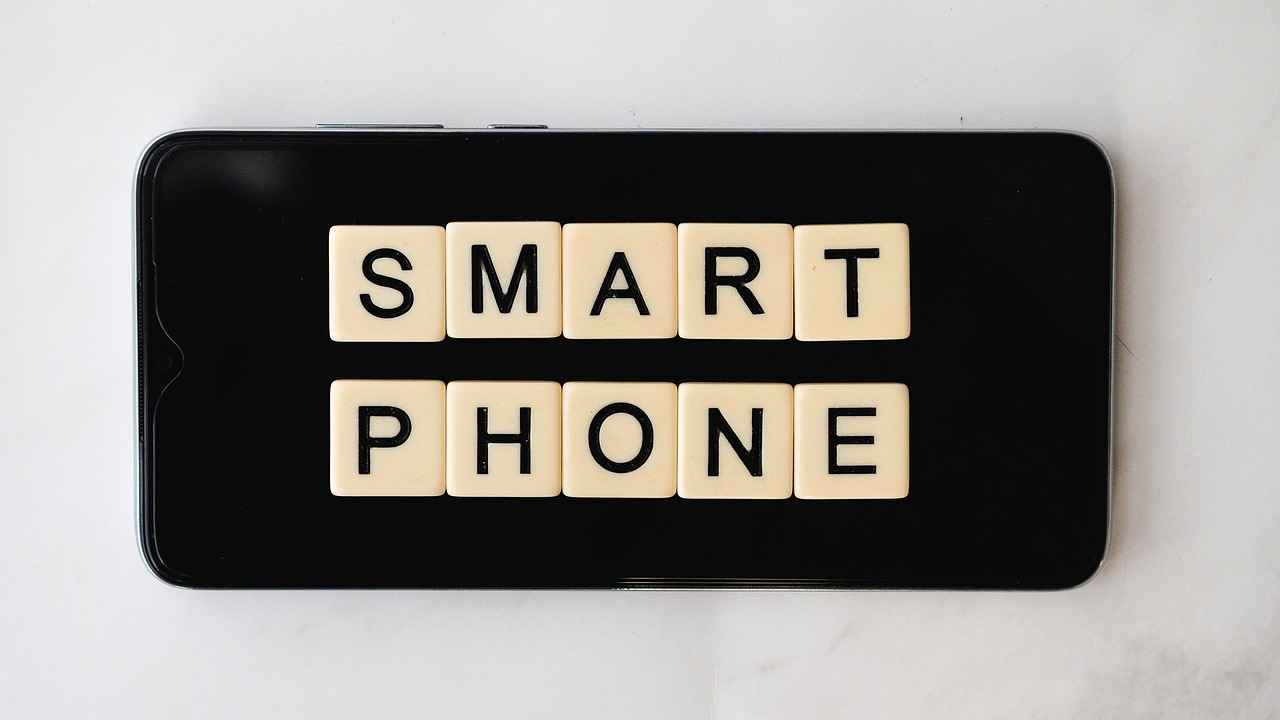
12. FAQs About Smart Home Devices
In the rapidly evolving world of technology, many users have questions regarding smart home devices. Addressing these common inquiries is essential for users to fully appreciate the benefits, setup processes, and compatibility of these devices, enabling them to make informed decisions.
- What are smart home devices?
Smart home devices are electronic gadgets that connect to a network, allowing users to control them remotely via smartphones, tablets, or voice commands. They include items like smart speakers, thermostats, lights, and security cameras. - How do I set up smart home devices?
Setting up smart home devices typically involves downloading the manufacturer’s app, connecting the device to your Wi-Fi network, and following the app’s instructions to complete the installation process. Many devices offer easy pairing options through QR codes or Bluetooth. - Are smart home devices compatible with each other?
Compatibility varies by brand and device. However, many smart home products are designed to work with popular ecosystems like Amazon Alexa, Google Assistant, and Apple HomeKit. Always check the specifications before purchasing to ensure compatibility. - What are the benefits of using smart home devices?
Smart home devices offer numerous advantages, including increased convenience, enhanced security, energy efficiency, and the ability to monitor and control your home remotely. These features can lead to significant cost savings and improved quality of life. - Are smart home devices secure?
While smart home devices can enhance security, they also pose potential risks. It’s crucial to secure your home network, use strong passwords, and regularly update device firmware to protect against vulnerabilities.
By understanding these key aspects of smart home devices, users can better appreciate their value and functionality, leading to more informed purchasing decisions and enhanced home automation experiences.
Frequently Asked Questions
- What are smart home devices?
Smart home devices are electronic gadgets that connect to the internet and can be controlled remotely via smartphones or voice commands. They enhance convenience, security, and energy efficiency in your home.
- How do I set up smart home devices?
Setting up smart home devices typically involves downloading the manufacturer’s app, connecting the device to your Wi-Fi network, and following the on-screen instructions. It’s usually a straightforward process!
- Are smart home devices compatible with each other?
Many smart home devices are designed to work together, especially if they are part of the same ecosystem, like Amazon Alexa or Google Assistant. Always check compatibility before purchasing!
- Can I control my smart home devices remotely?
Absolutely! Most smart home devices allow you to control them from anywhere using your smartphone, so you can adjust settings, turn devices on/off, and monitor your home even when you’re away.
- What are the benefits of using smart home devices?
Smart home devices offer numerous benefits, including energy savings, enhanced security, convenience, and the ability to automate daily tasks, making your life easier and more efficient.

